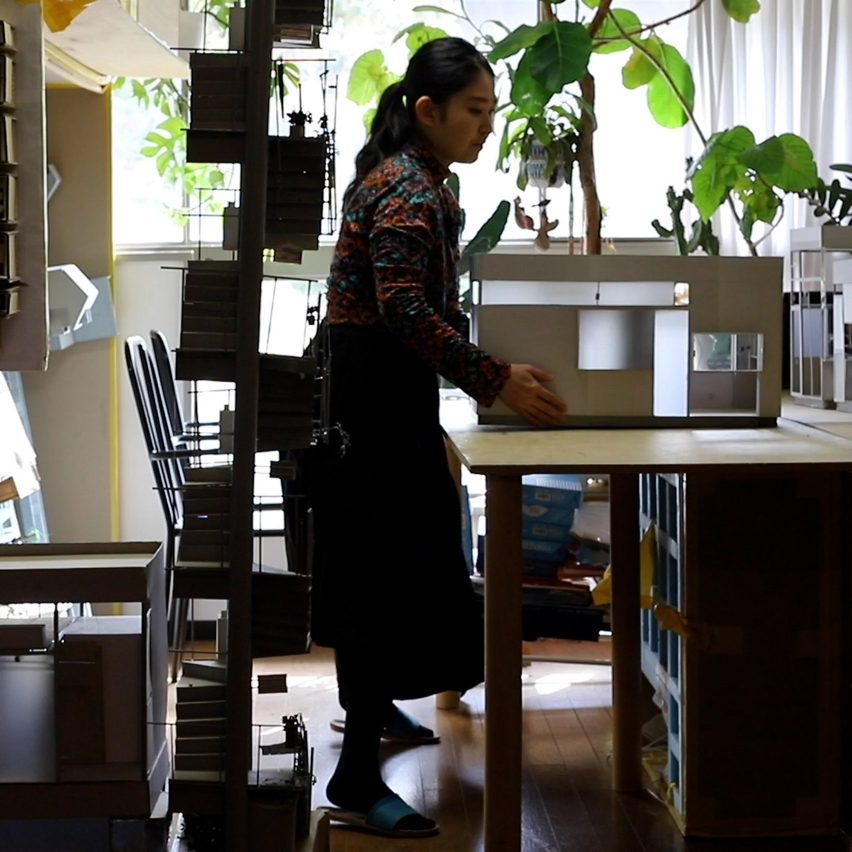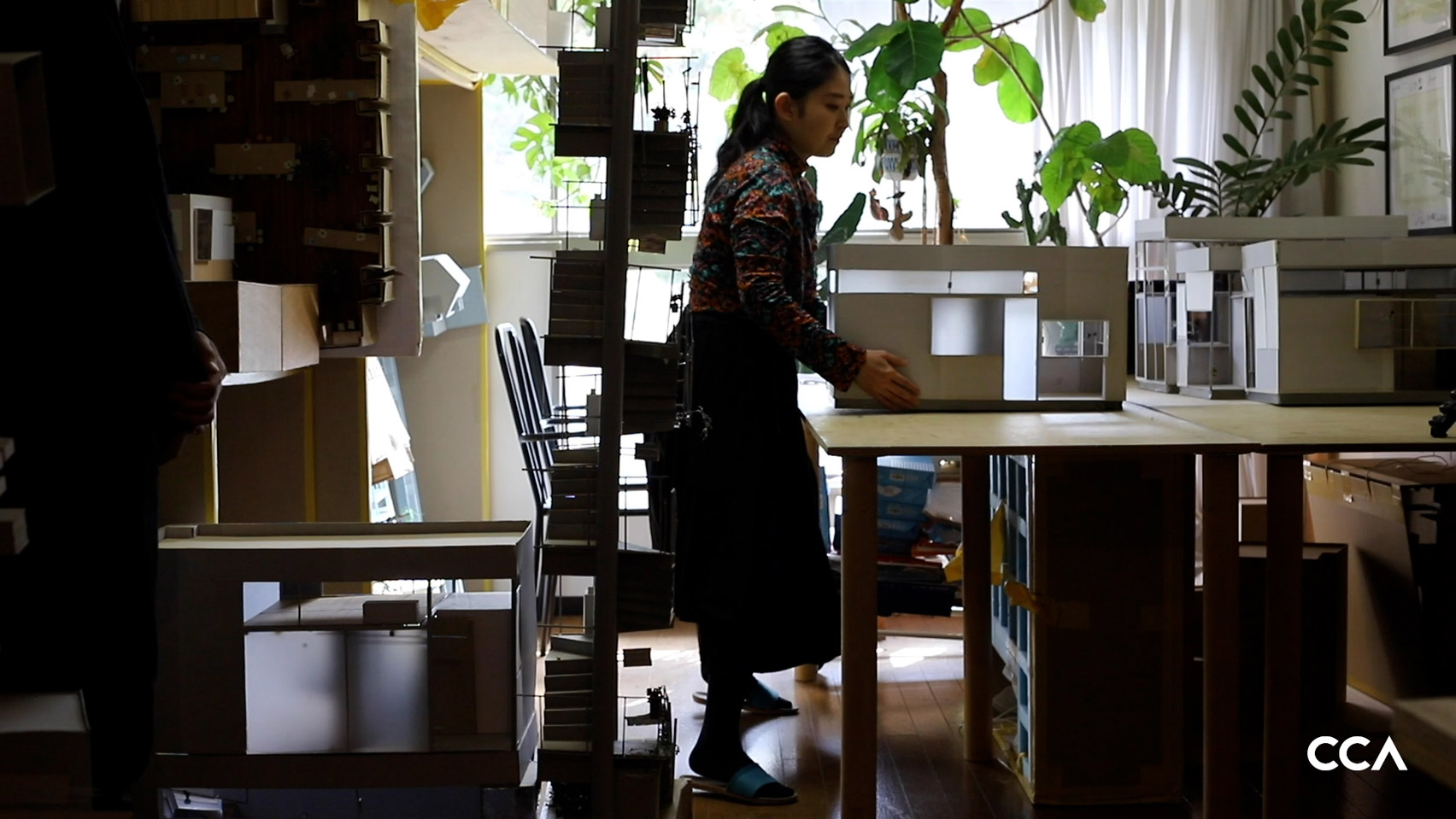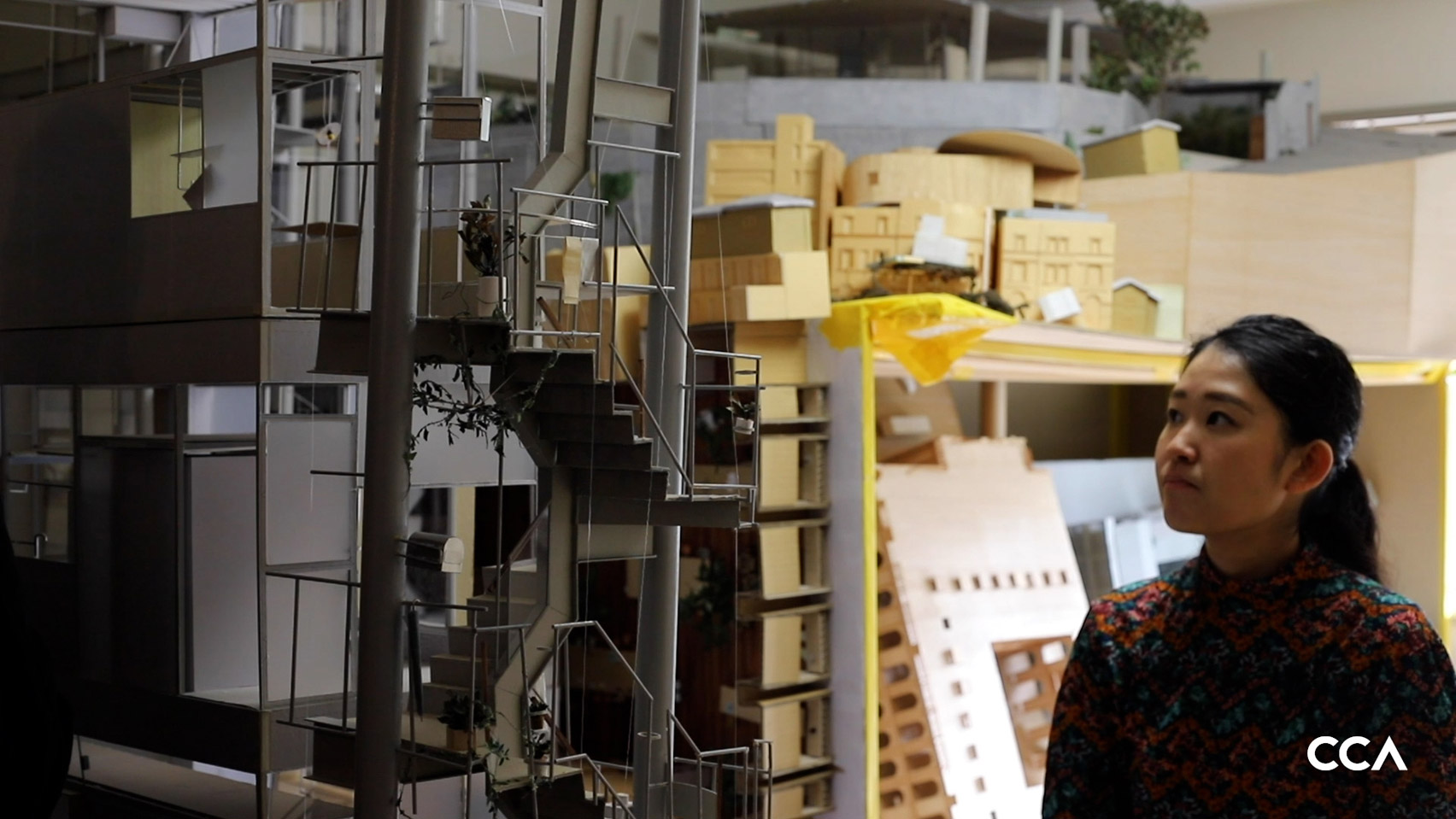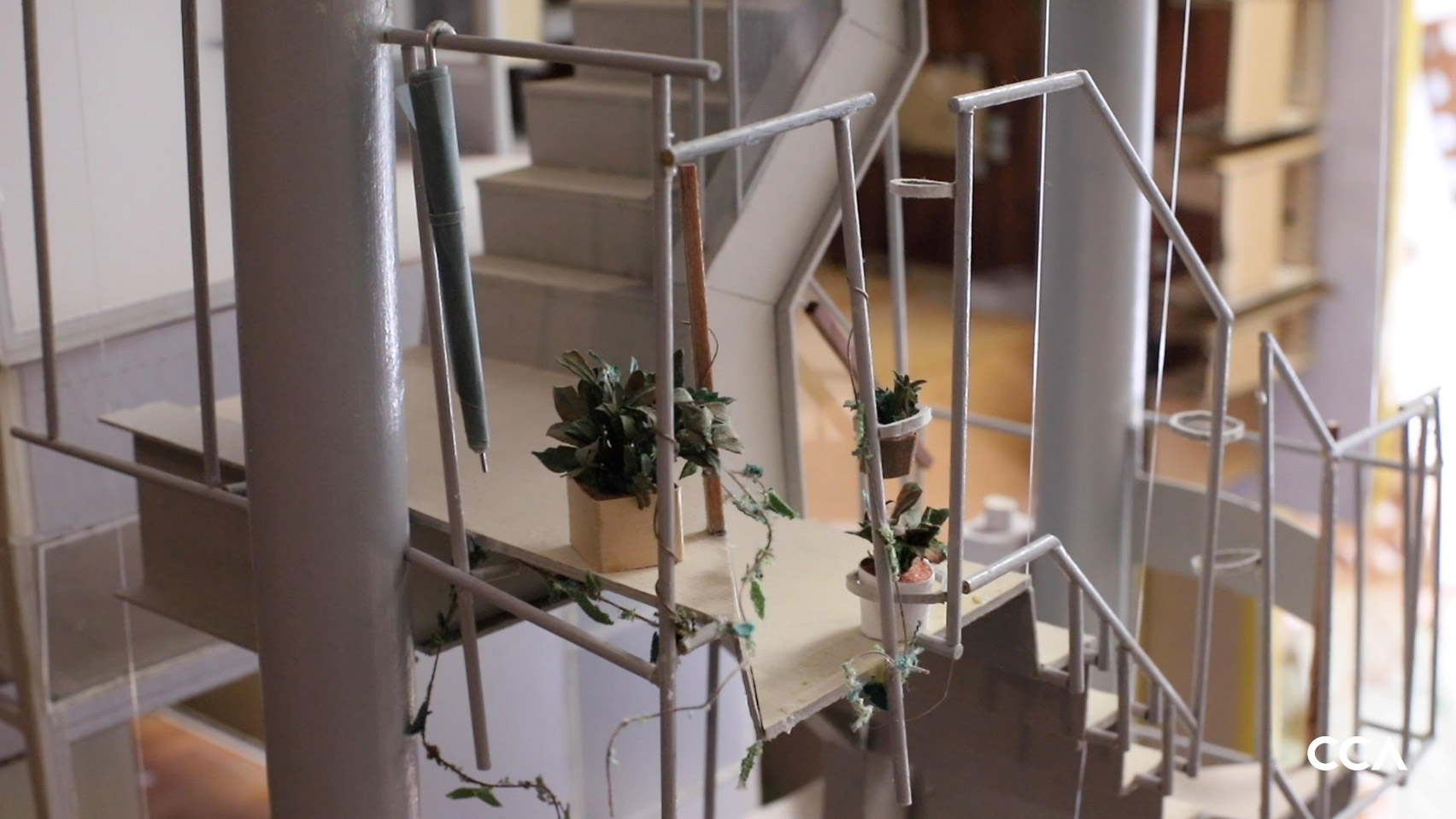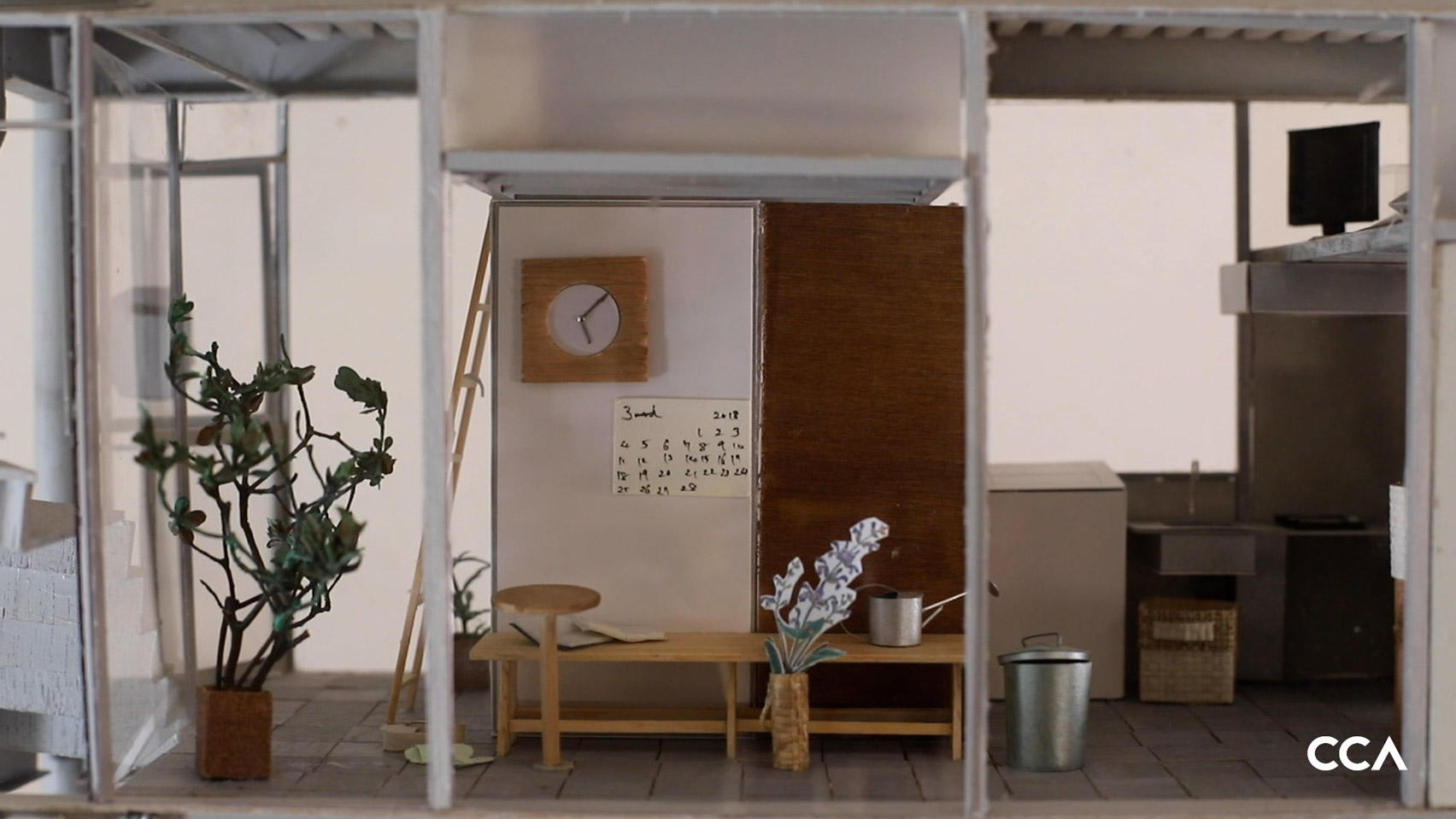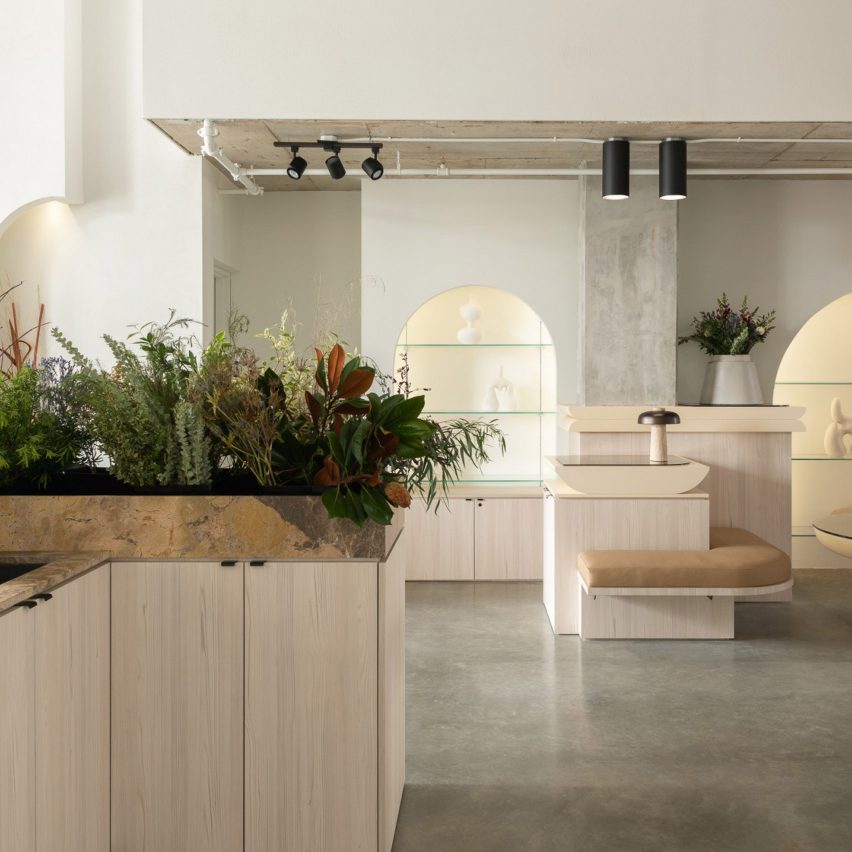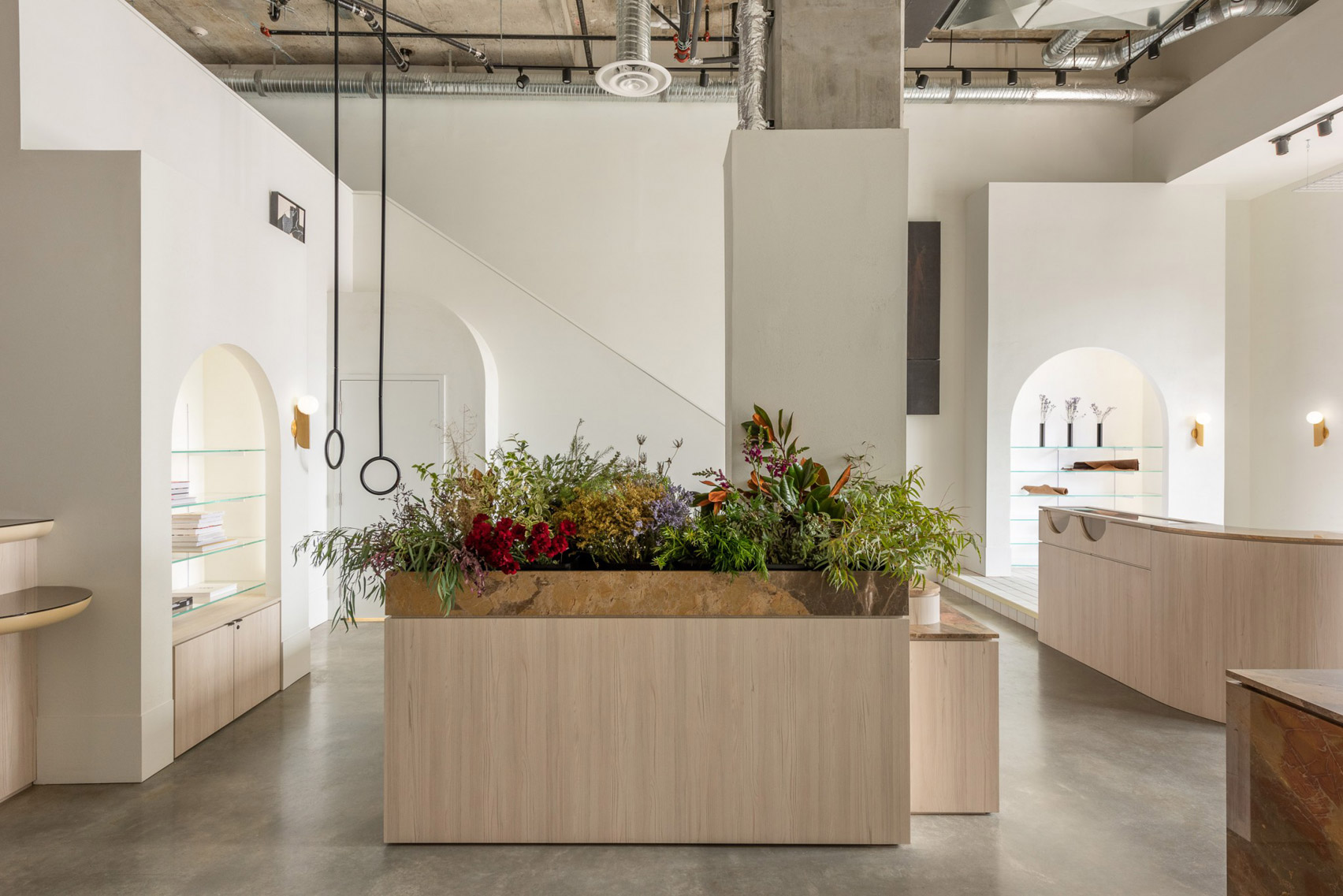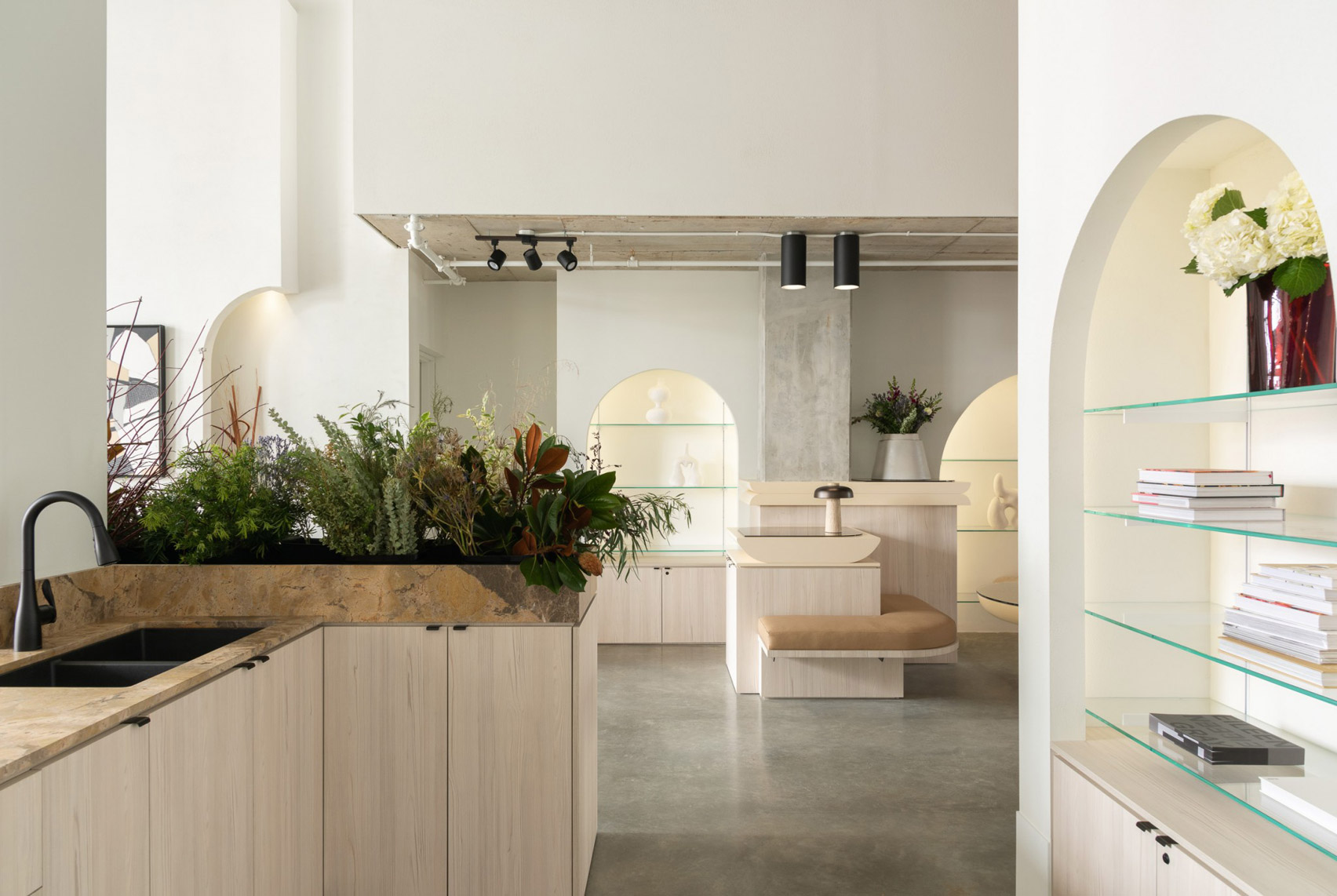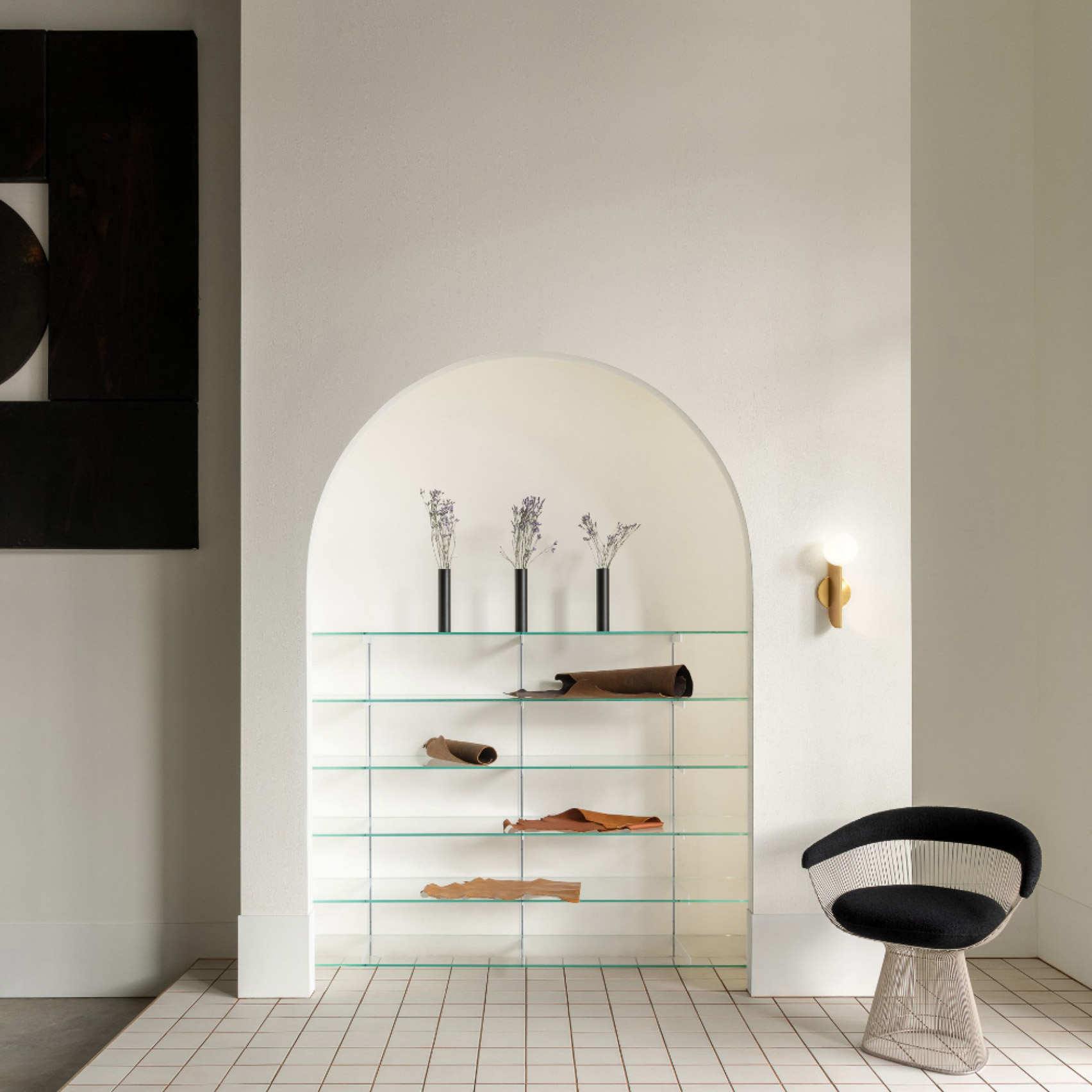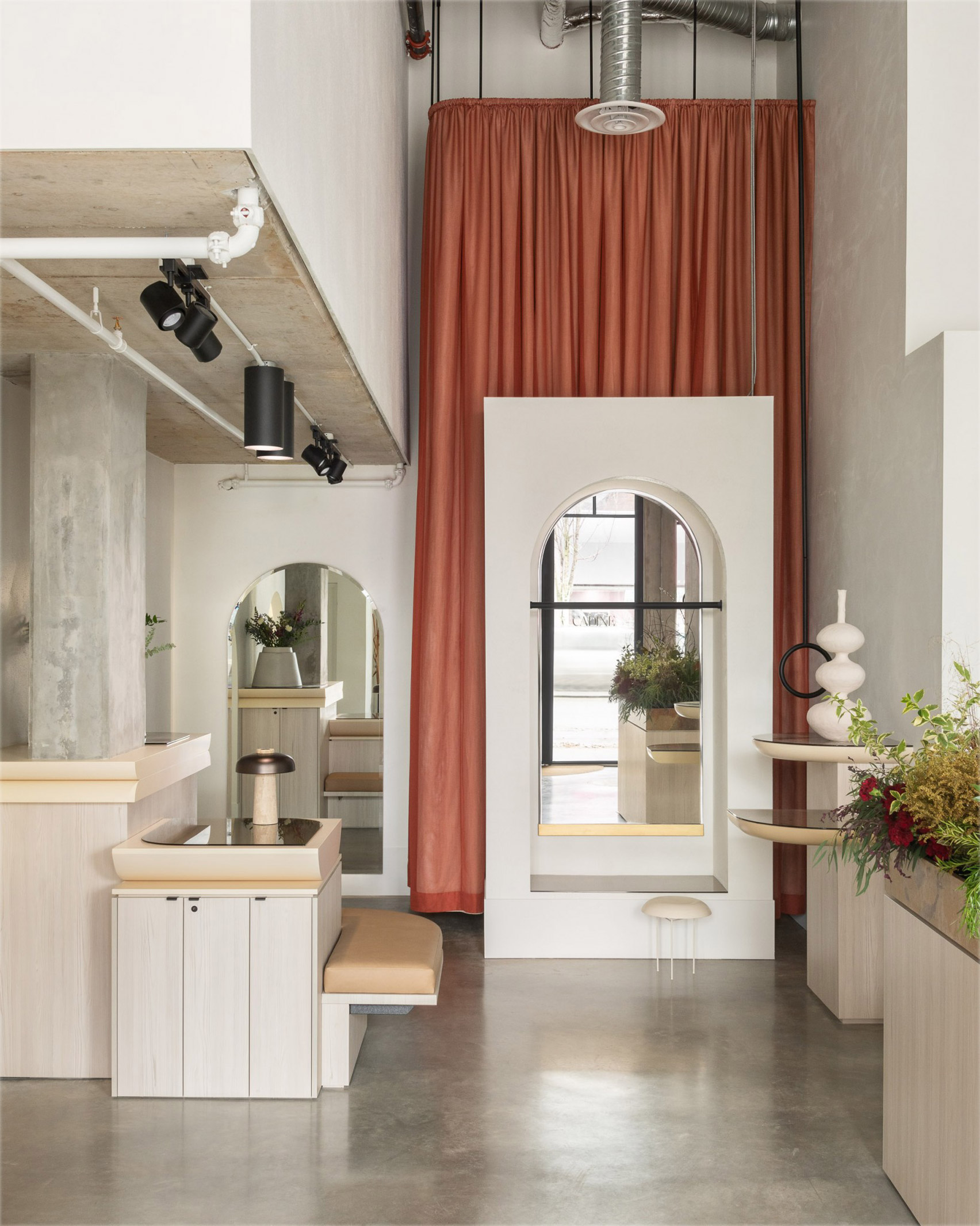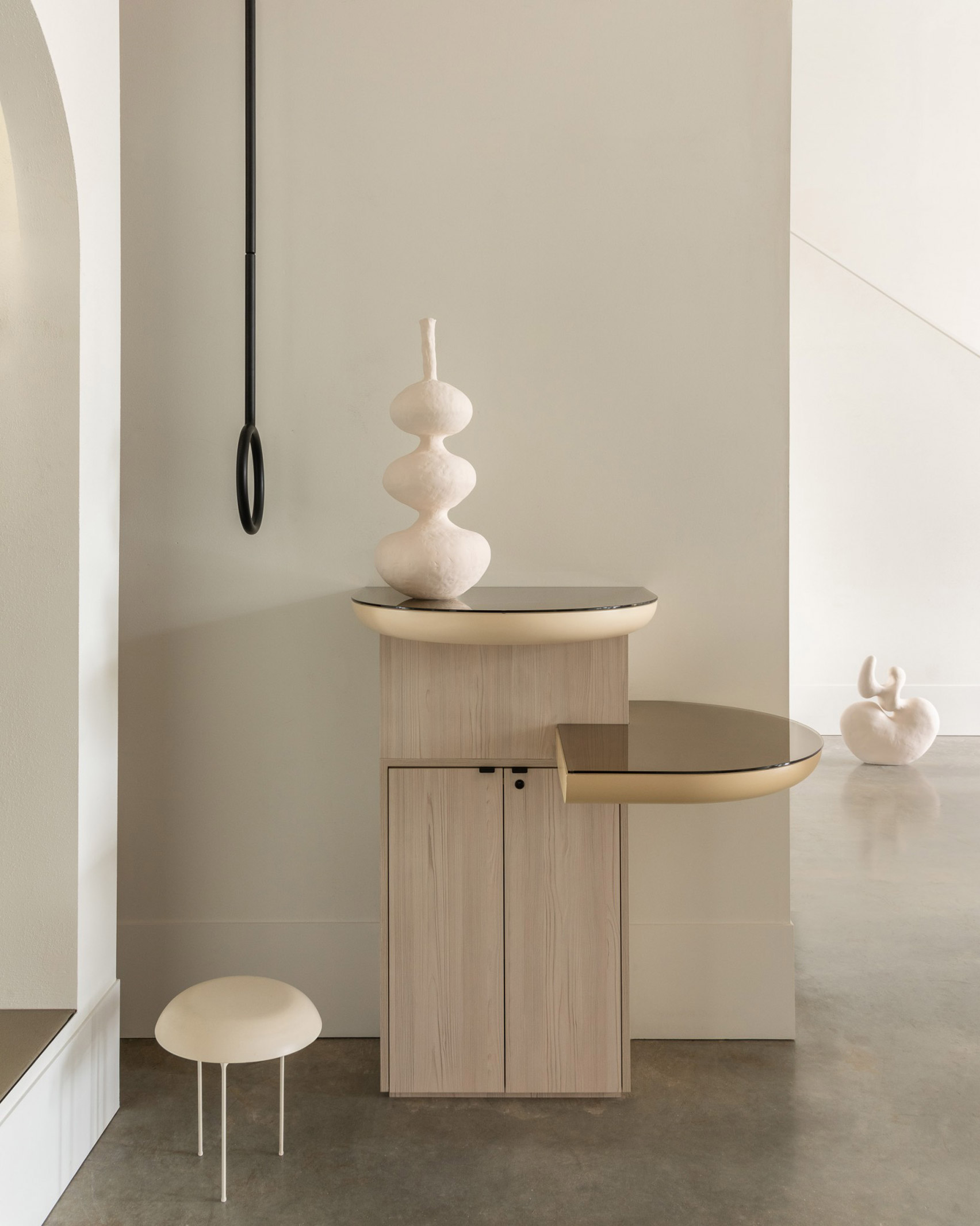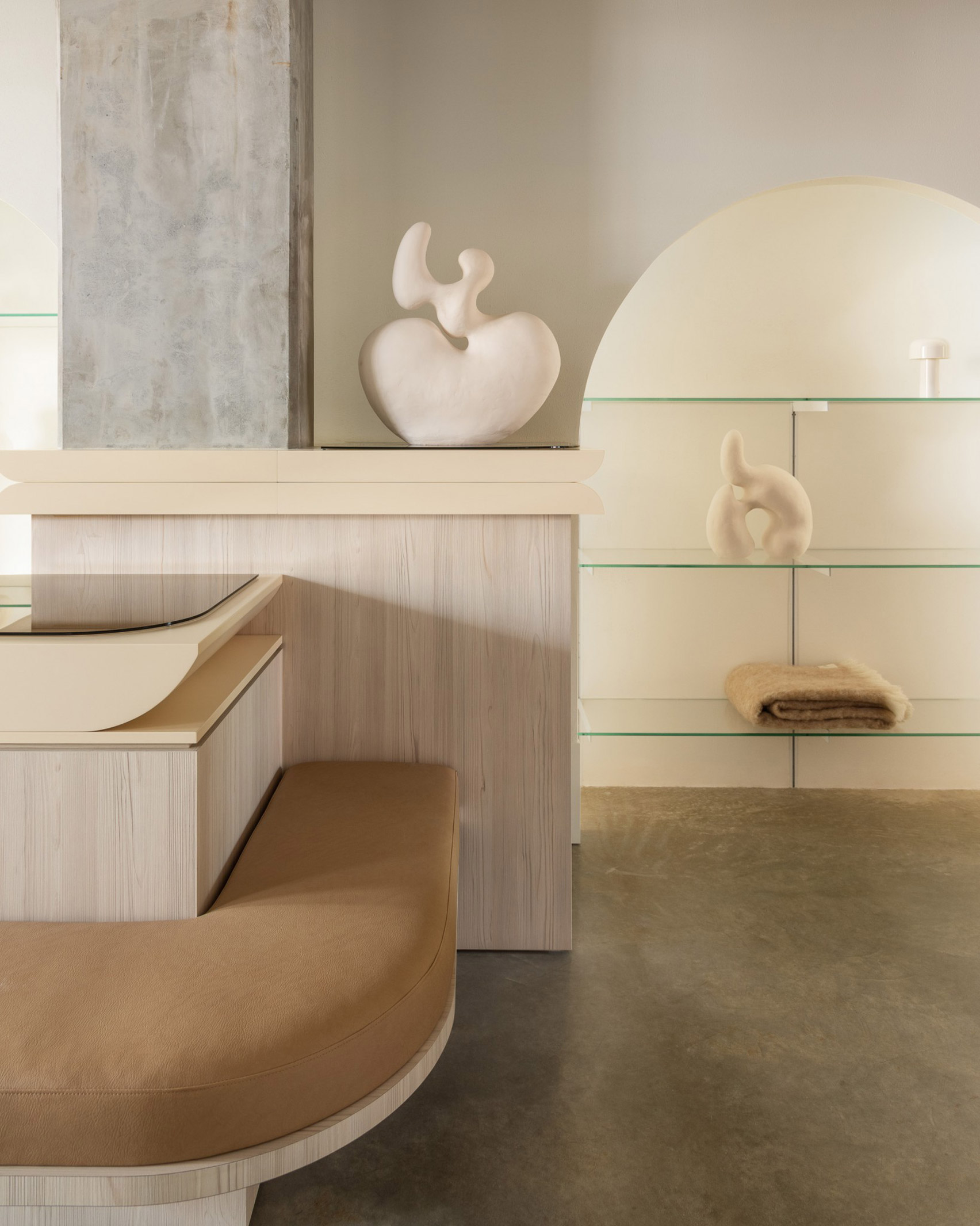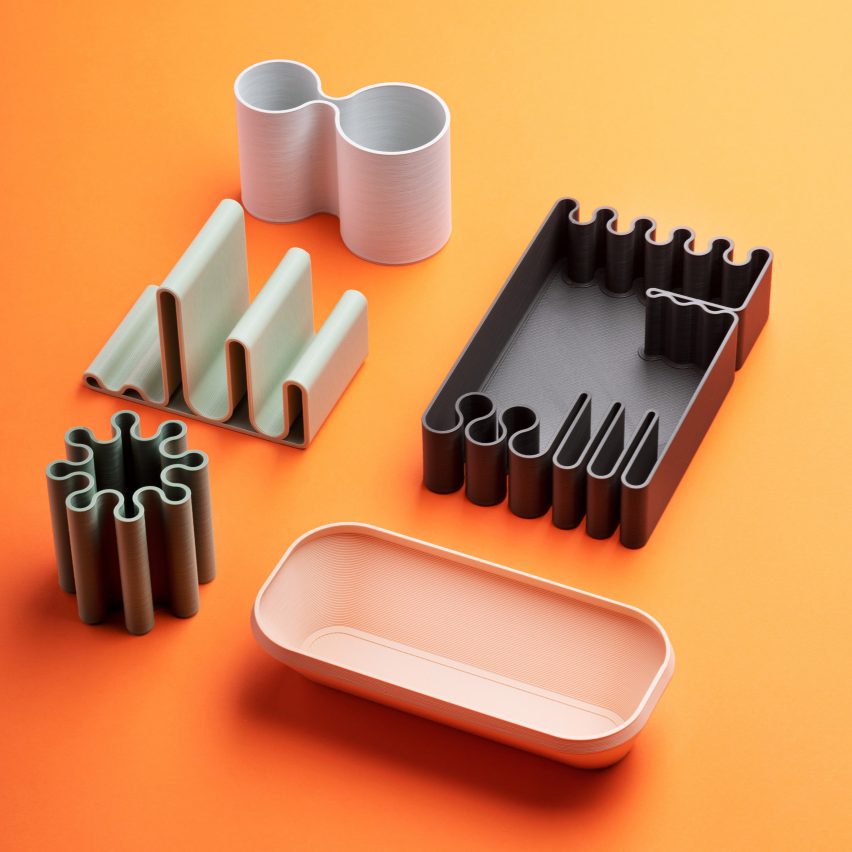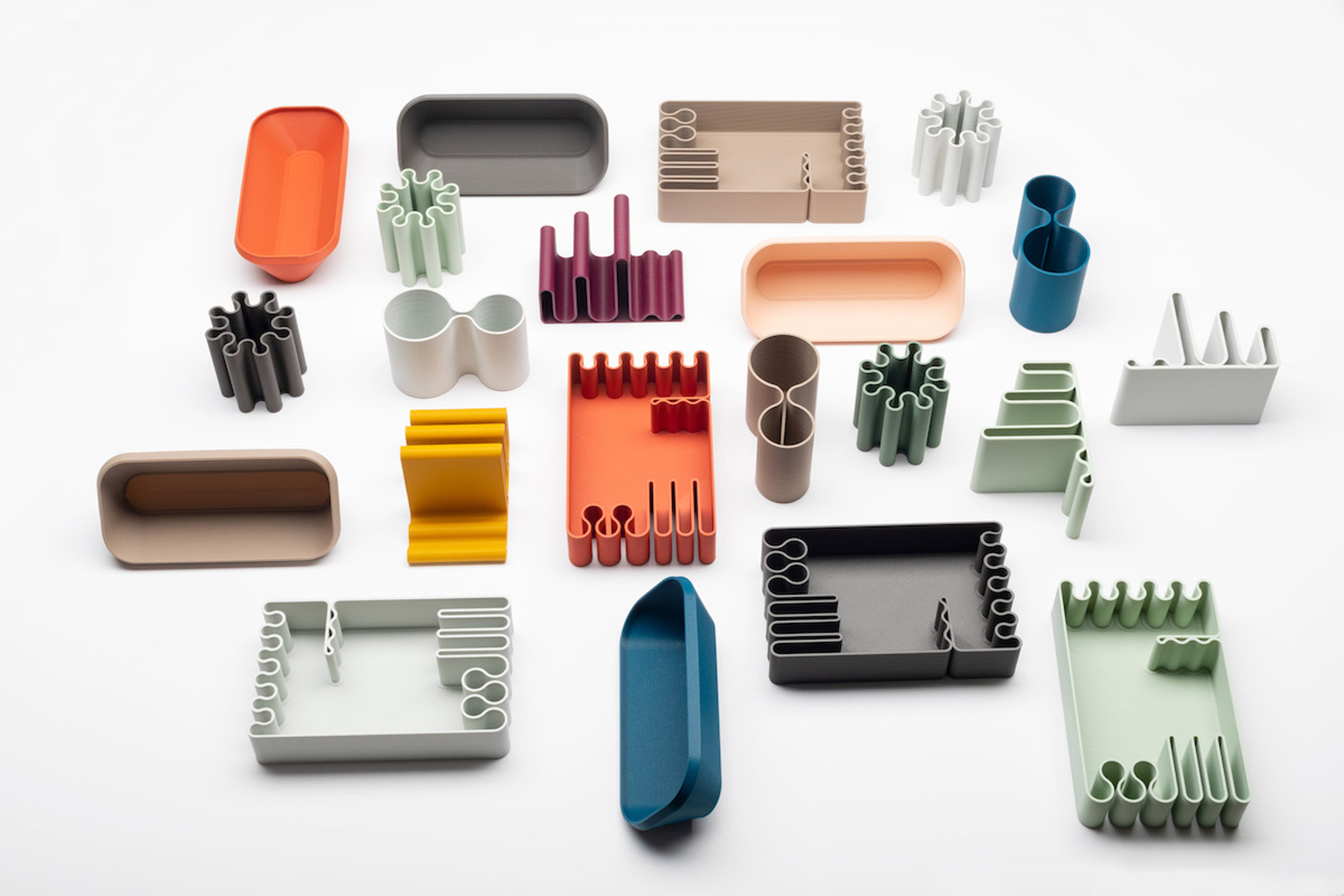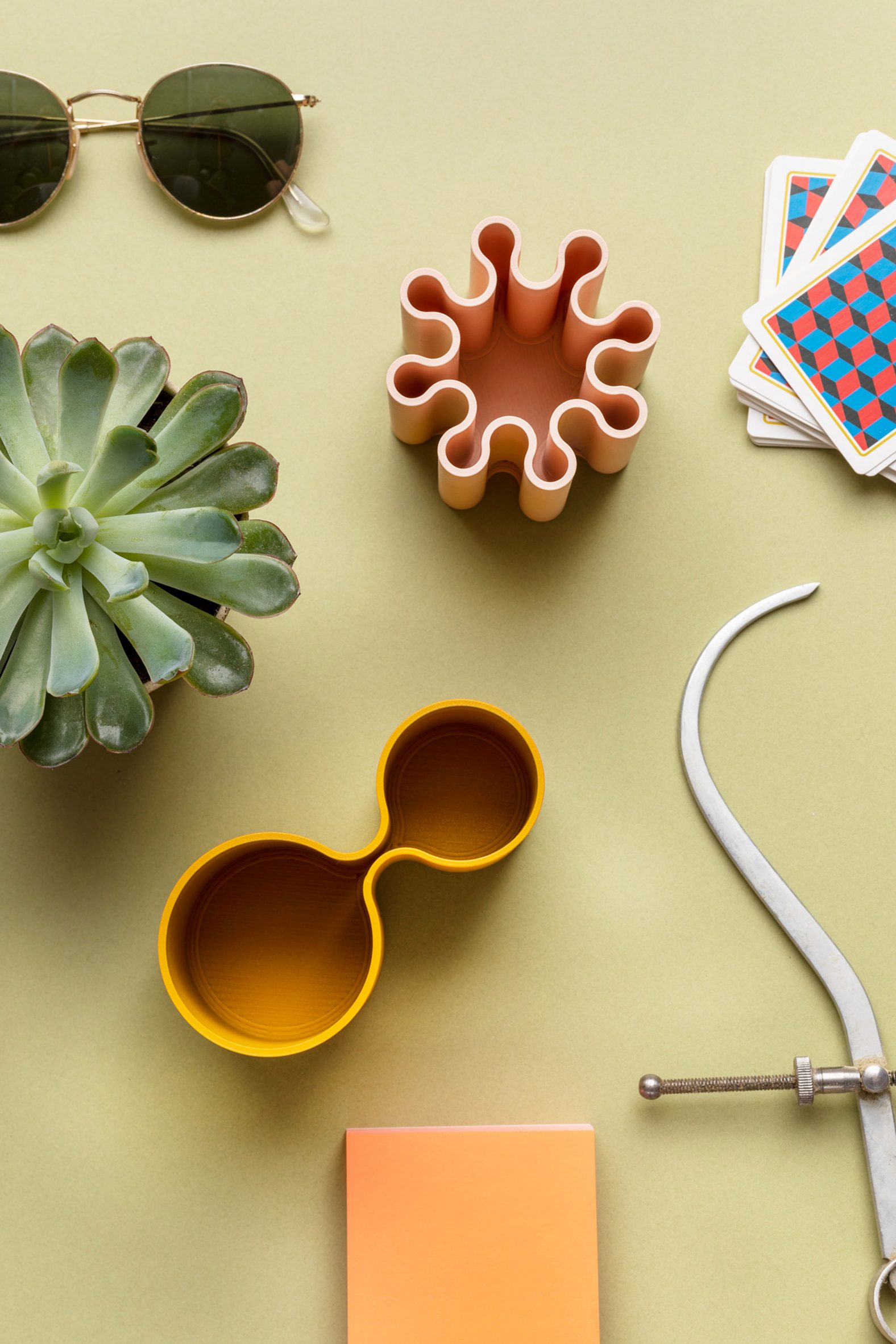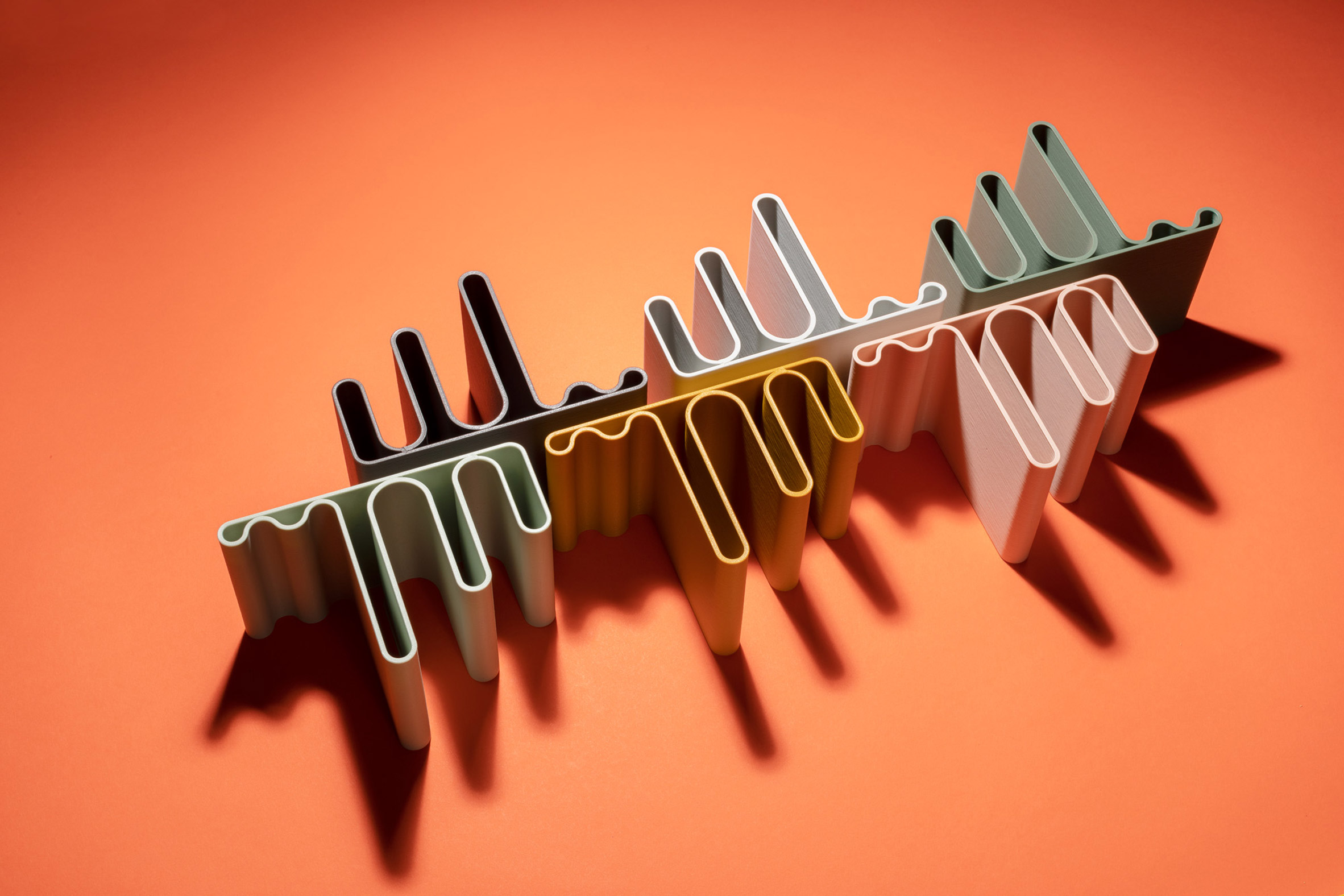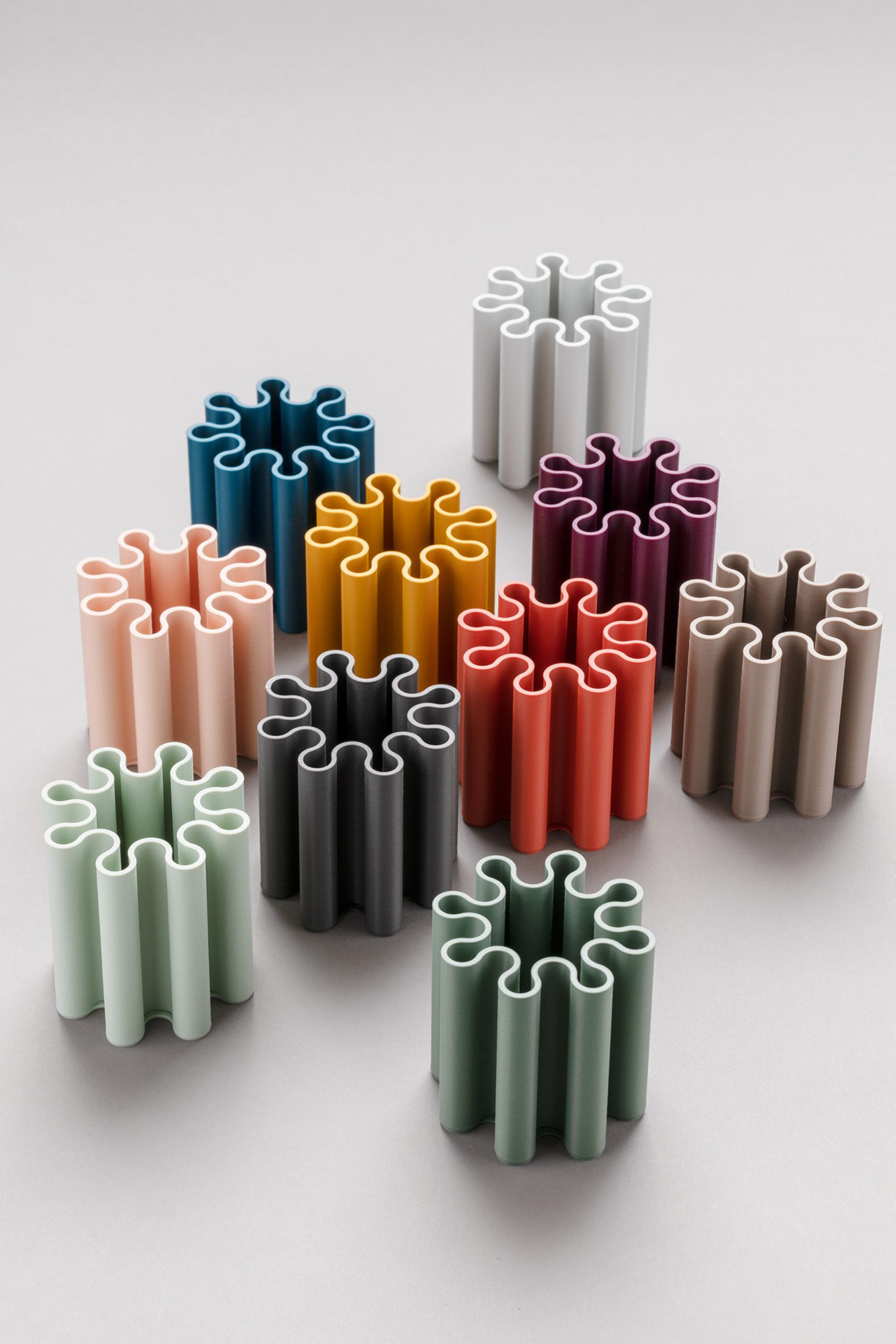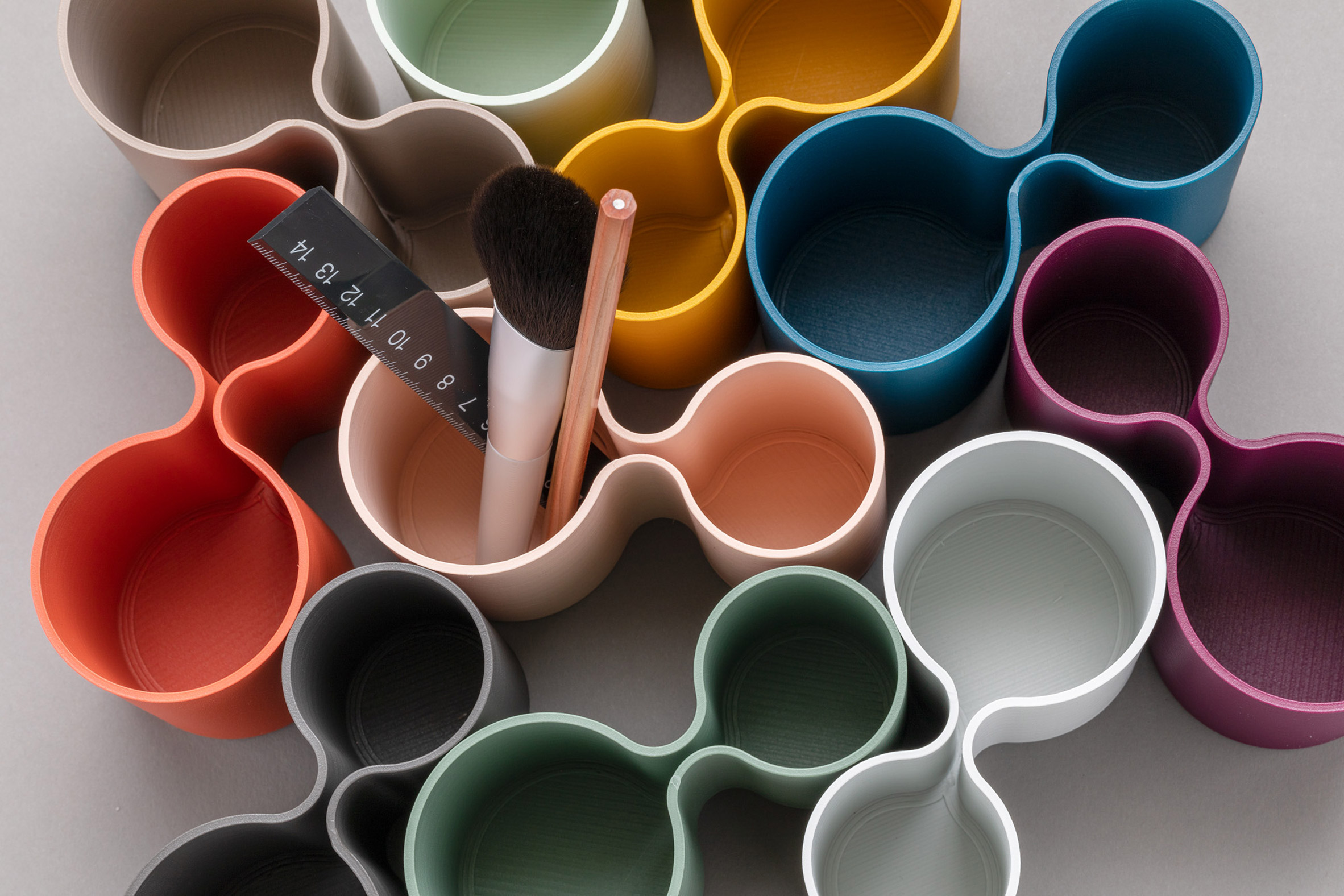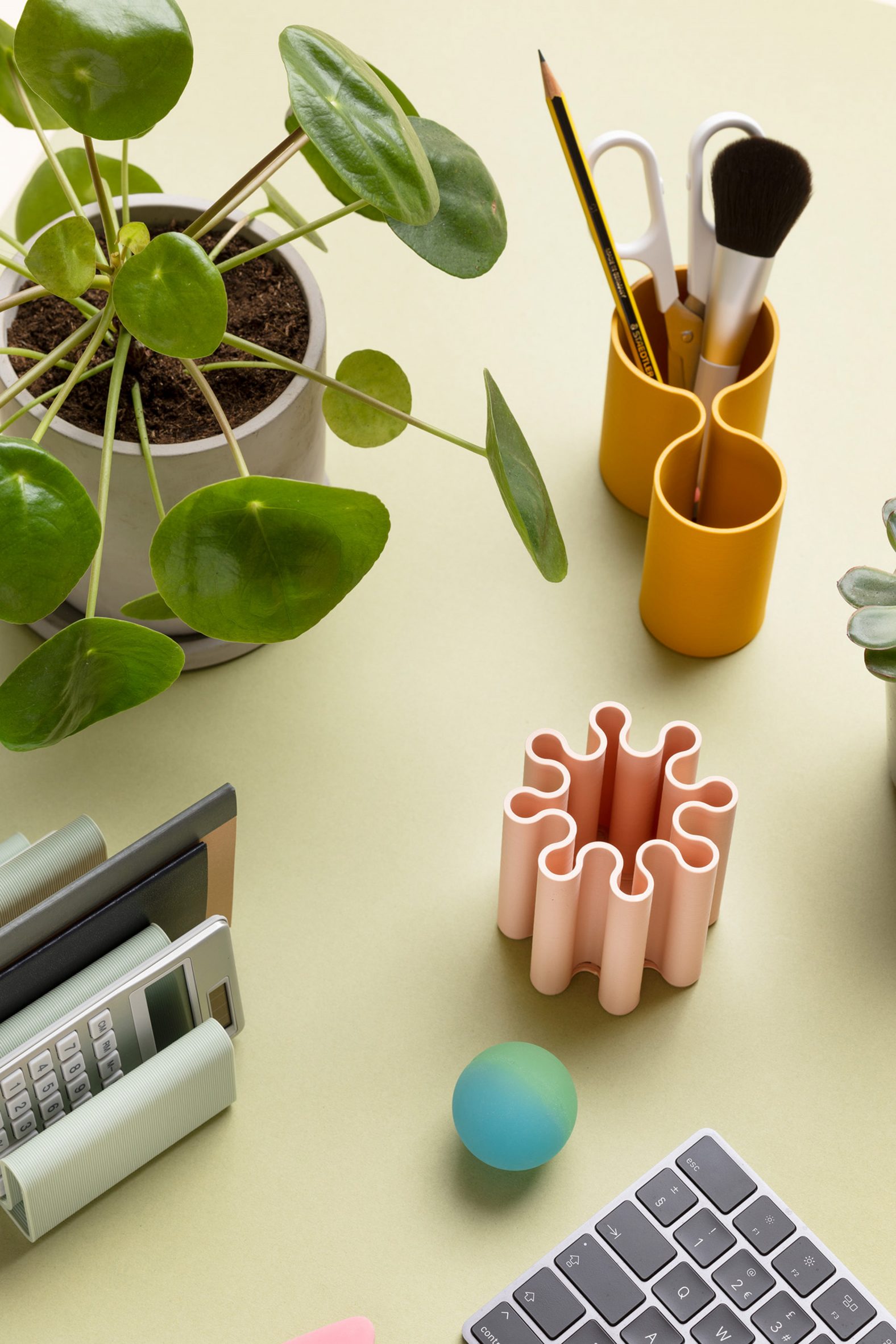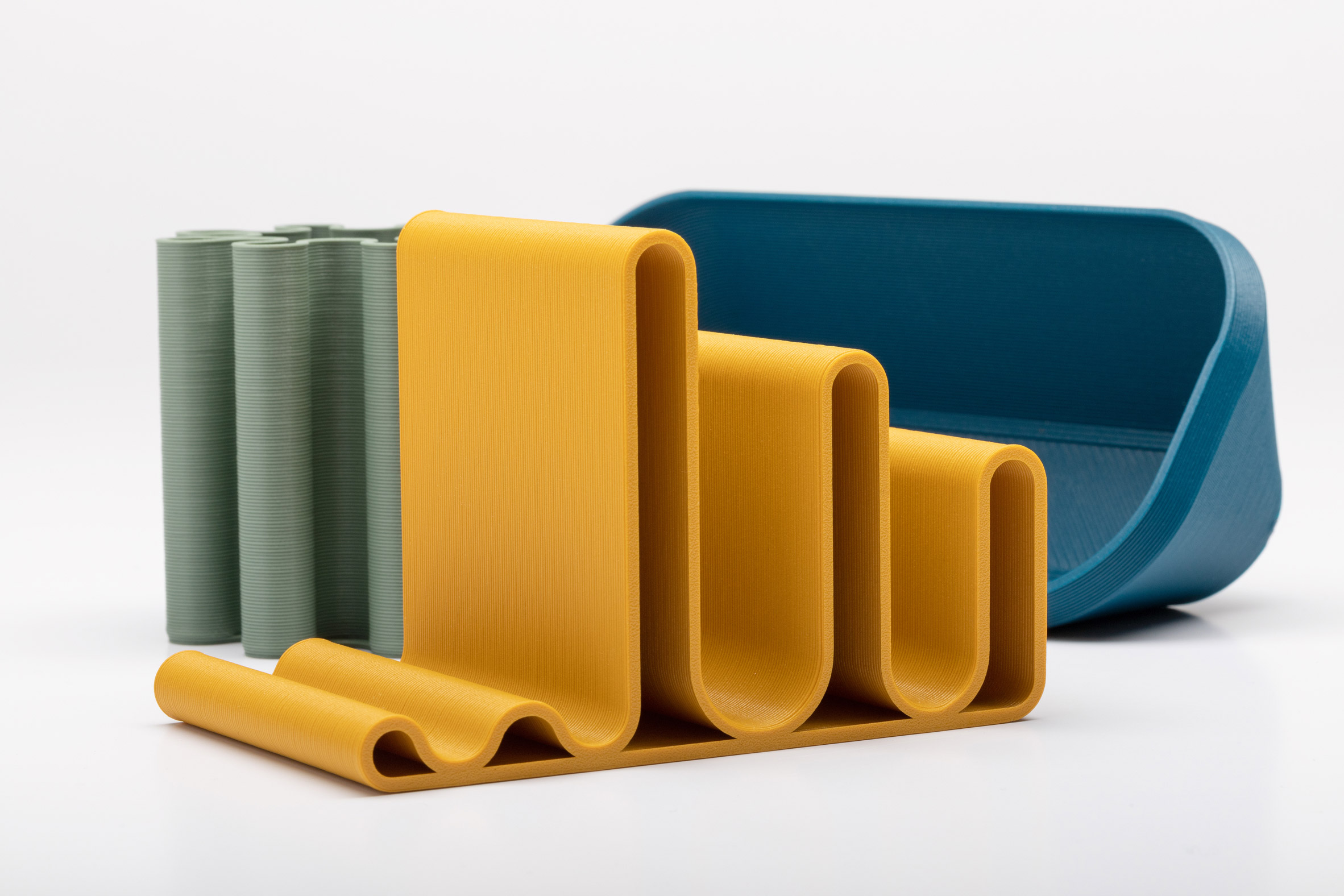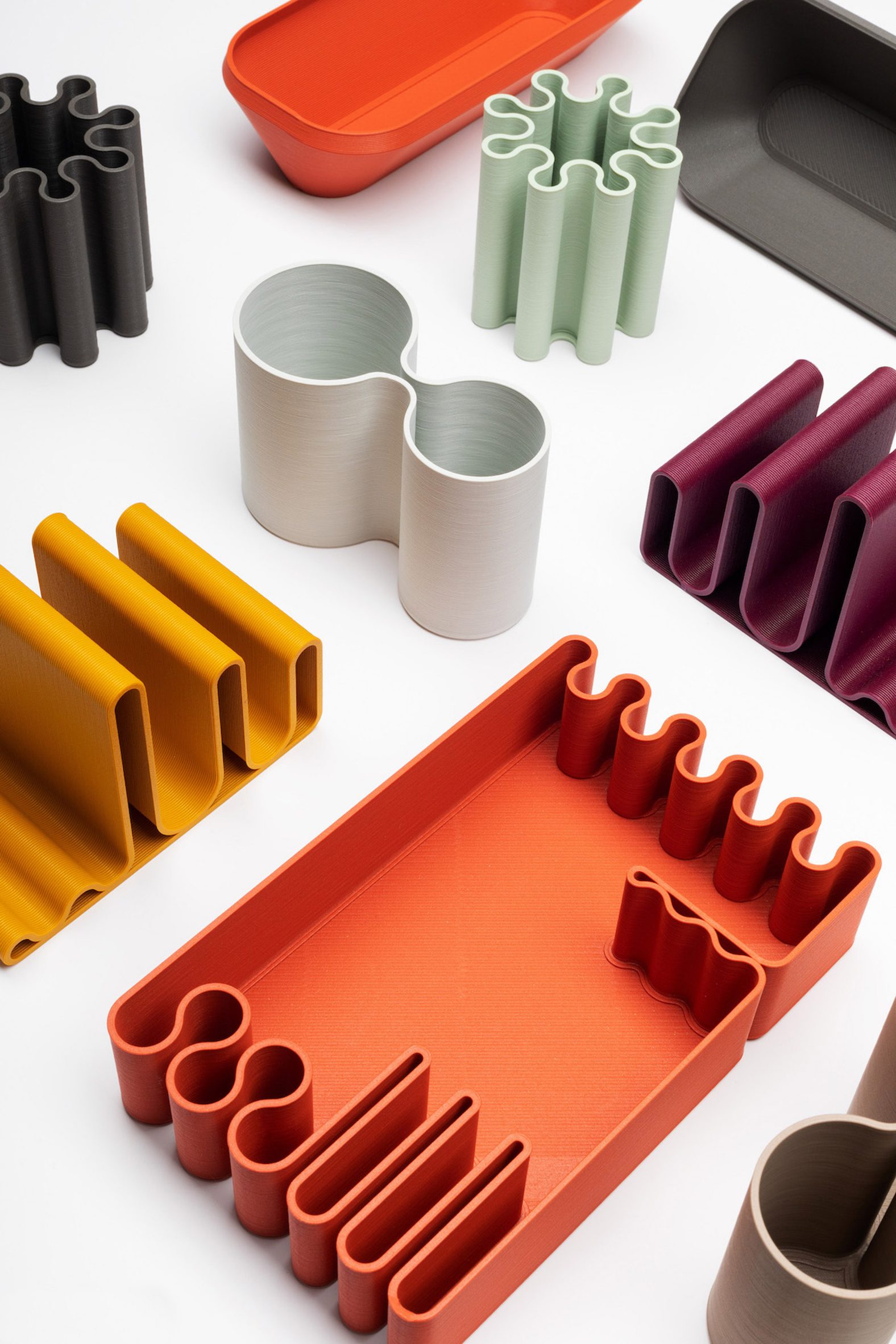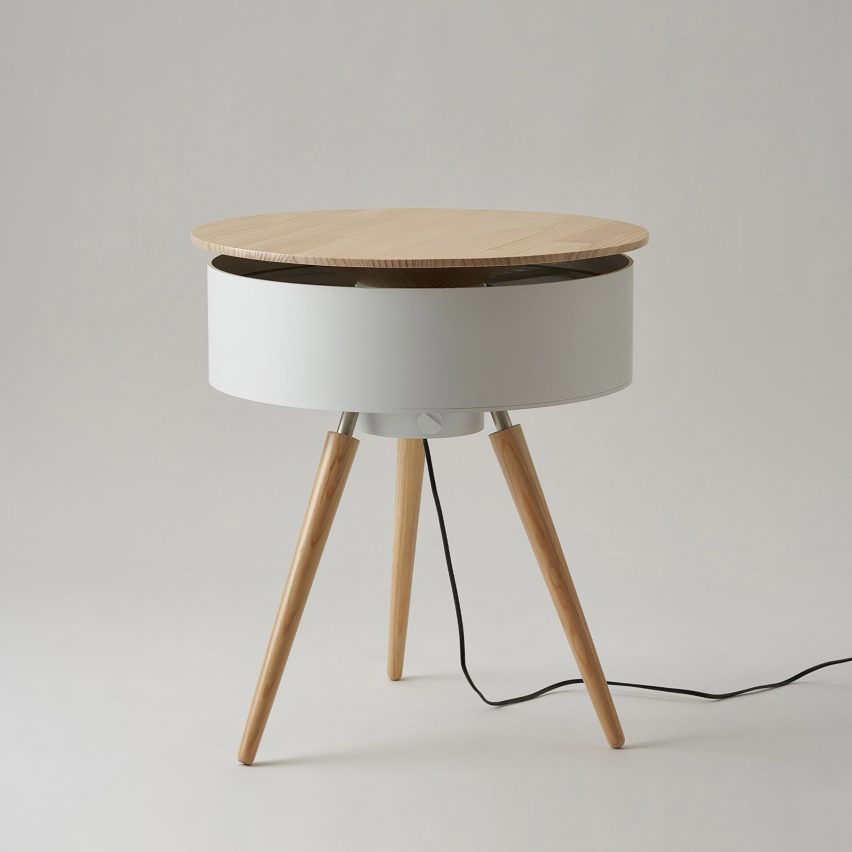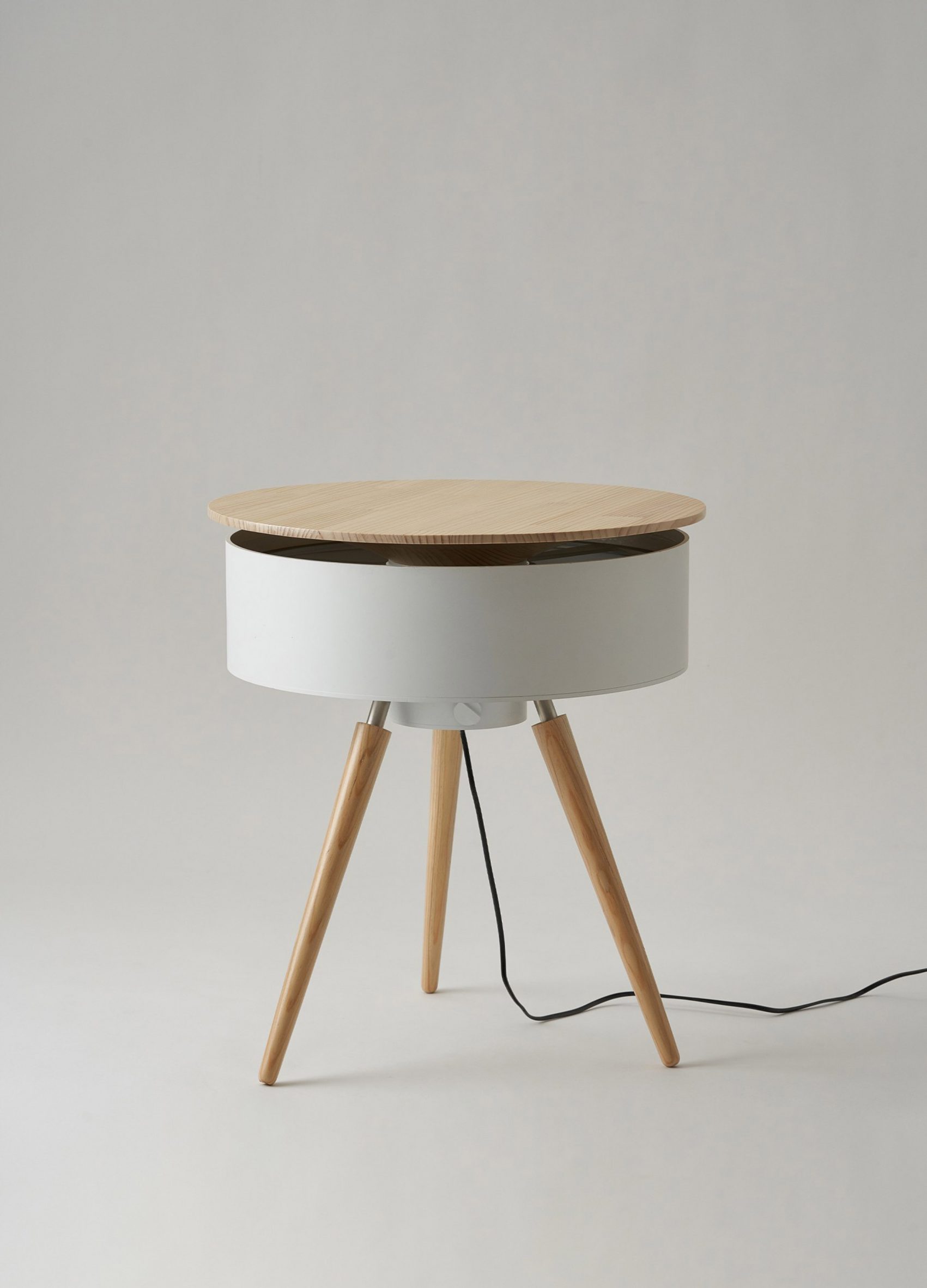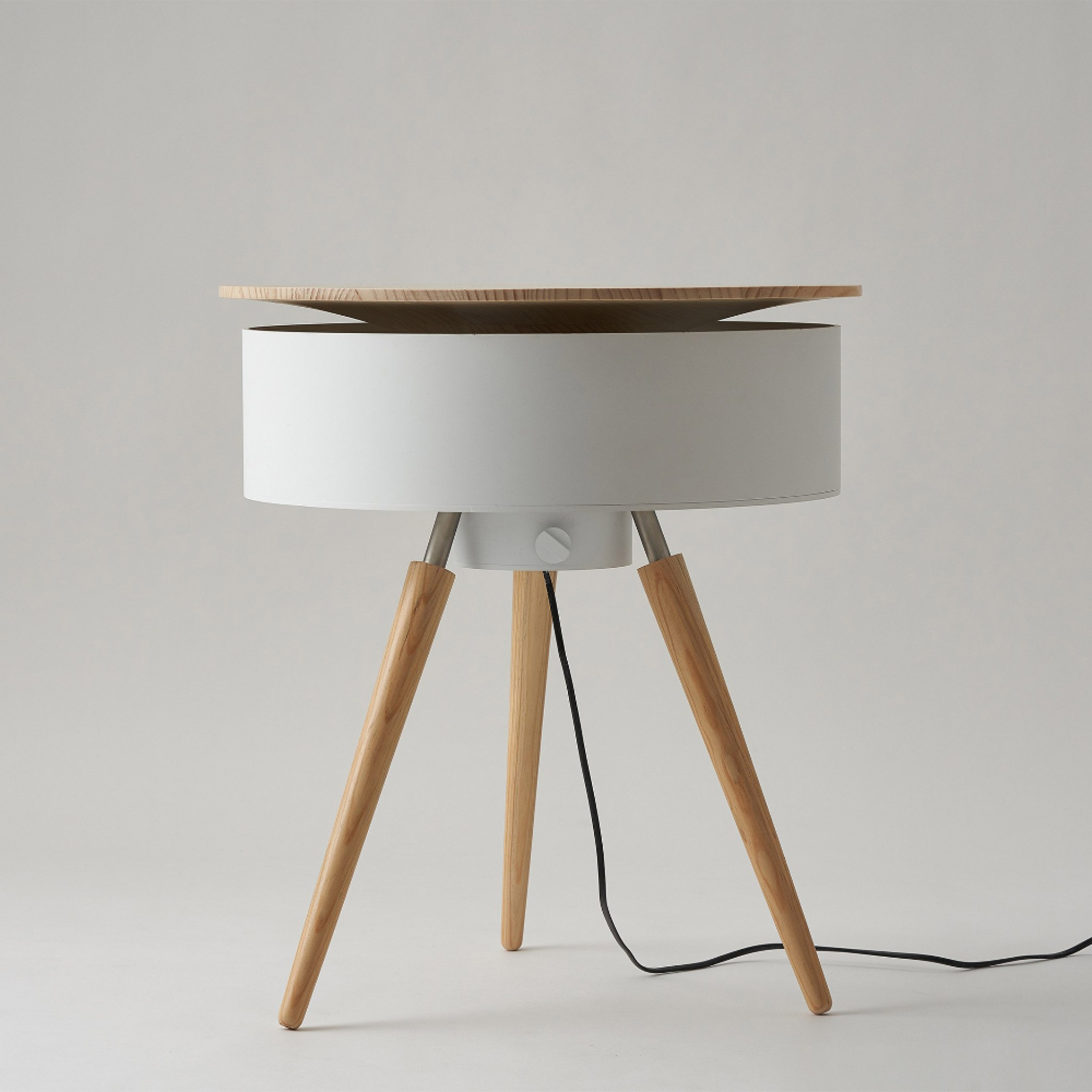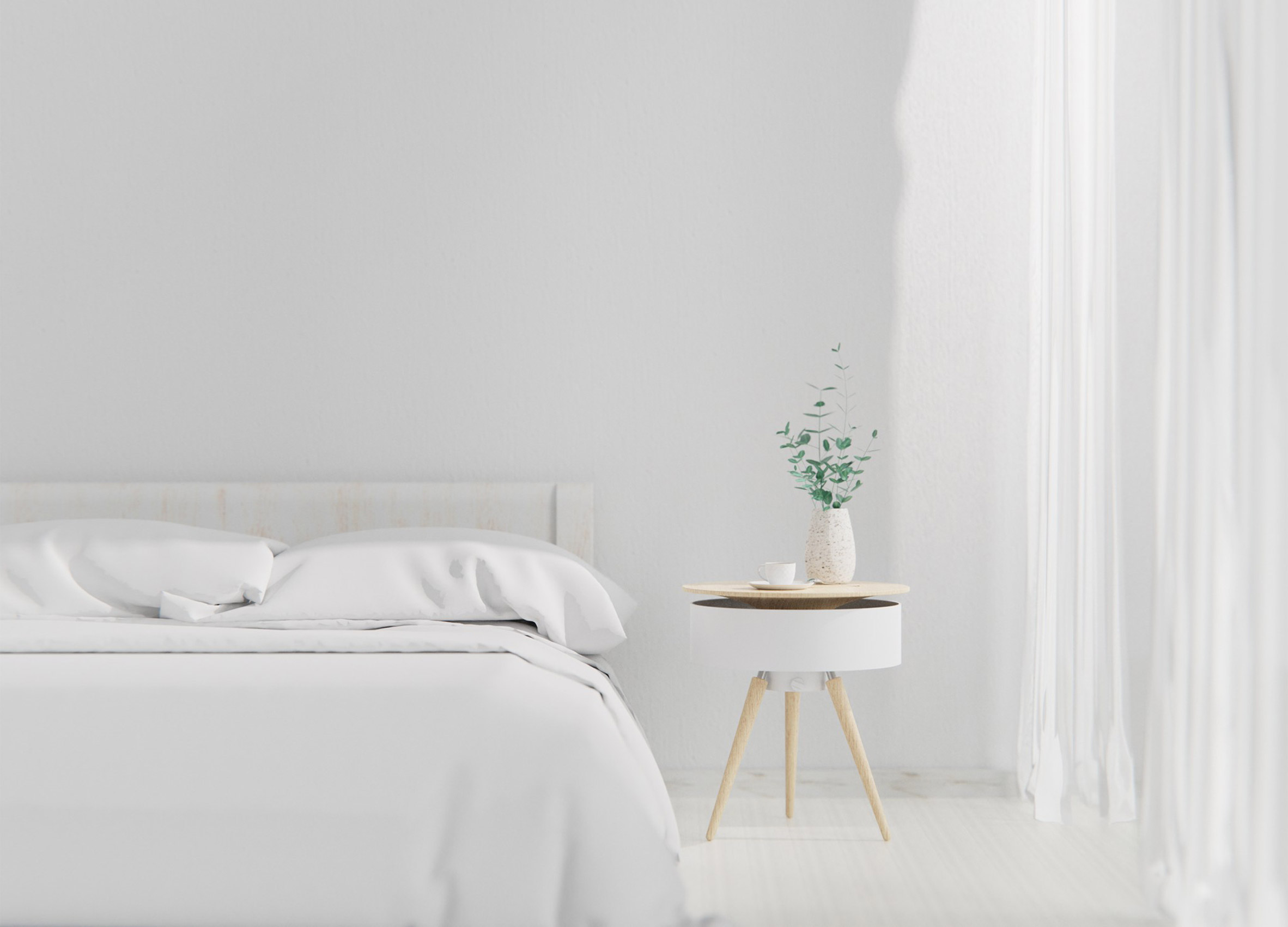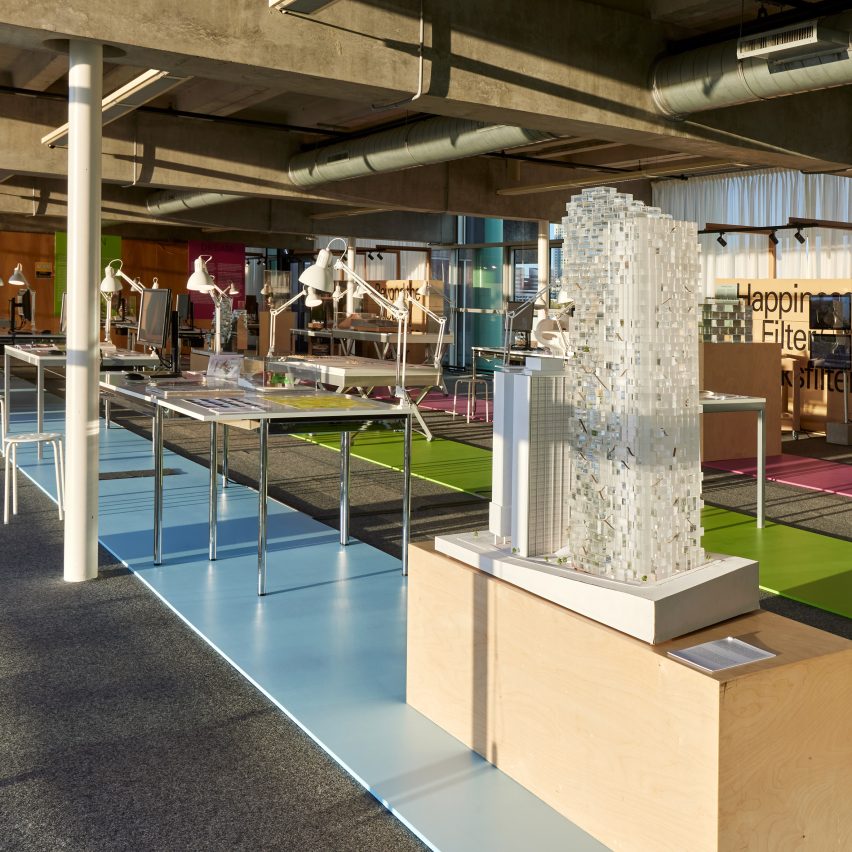
A retrospective covering more than 400 projects by architecture firm MVRDV is among the events featured in Dezeen Events Guide this month, alongside major design fairs in Miami and Shenzhen.
Other events taking place in December include a CPD webinar on Chris Precht's recently completed modular treehouse Bert and a keynote on art and architecture from Foster + Partners' Spencer de Grey, hosted as part of this year's virtual World Architecture Festival.
Read on for details of five highlights and see Dezeen Events Guide for more architecture and design events around the world.
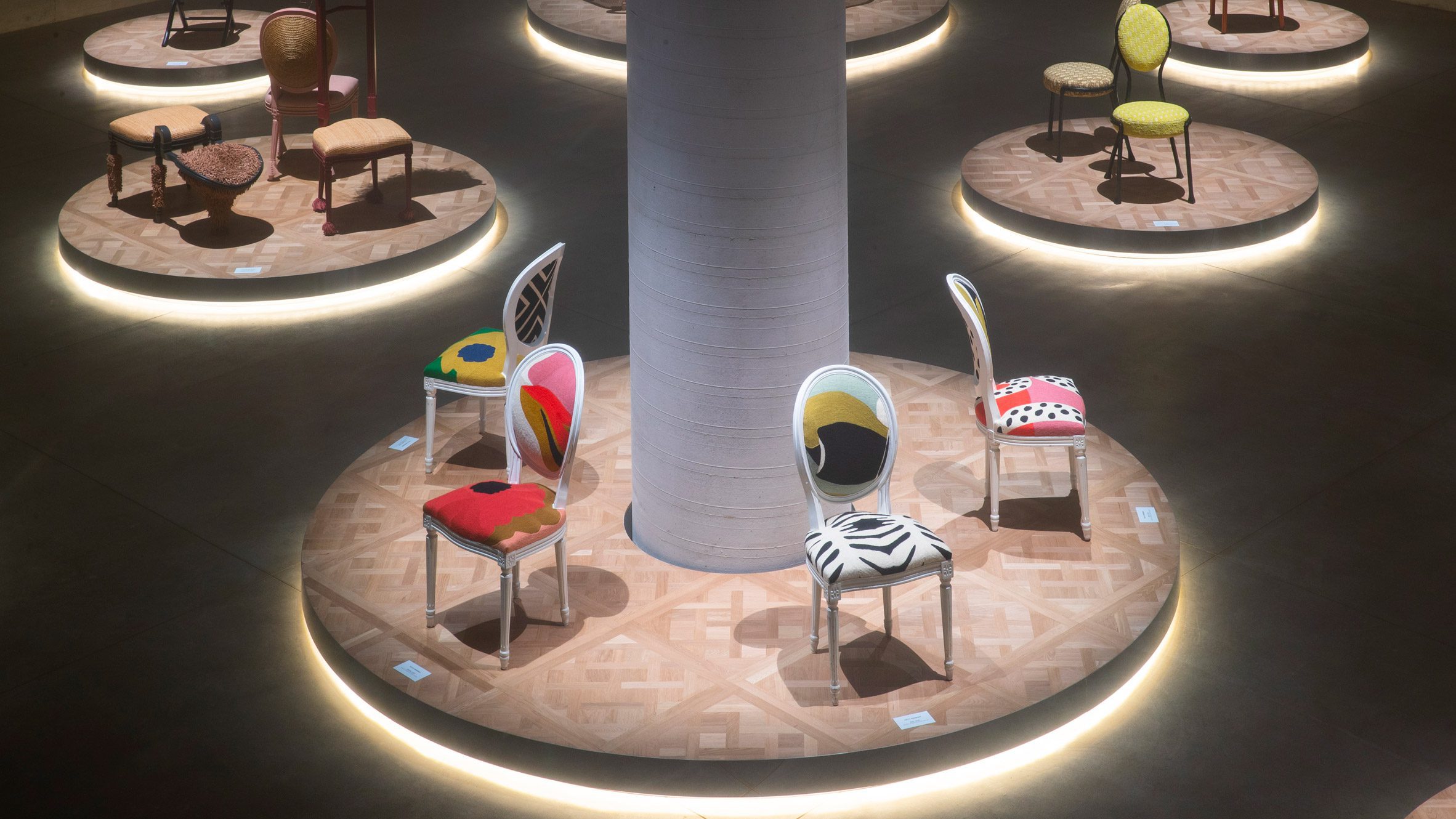
Design Miami
1 to 5 December, USA
Following the cancellation of last year's event, Design Miami will once again take over the Miami Beach Convention Centre this December alongside Art Basel, as the city celebrates the return of Miami Art Week.
Now in its 17th year, the collectible design fair is set to exhibit work from more than 220 international galleries, with new furniture collections by Rick Owens and Lebanese designer Khaled El Mays on show alongside a surreal silver bedroom installation by Crosby Studios.
A simultaneous programme of events and exhibitions will be taking place in locations across the city, including the hotly anticipated Miami outpost of gallery Superblue.
Here, visitors can find a new permanent cafe designed by Yinka Illori as well as the Dior Medallion Chair Exhibition, which will see seating designs by Nendo, India Mahdavi, Atang Tshikare and other greats on display in the US for the first time.
WAF Digital
1 to 3 December, online
The World Architecture Festival is going virtual for the second year in a row, offering what the organisers describe as the "widest access to the largest amount of content in the history of the festival".
Spread across three days, the live-streamed conference will see Grimshaw partner Kirsten Lees discuss the firm's design for the Arter Contemporary Art Museum in Istanbul, while Foster + Partners' head of design Spencer de Grey will give a keynote on how art can be incorporated into the built environment.
Beyond that, the programme features a particular focus on sustainable cities, spanning everything from local food production to the logistics of creating low-carbon high-density infrastructure, with Helsinki's chief design officer Hanna Harris set to discuss how the Finnish capital is planning to become carbon neutral by 2030.
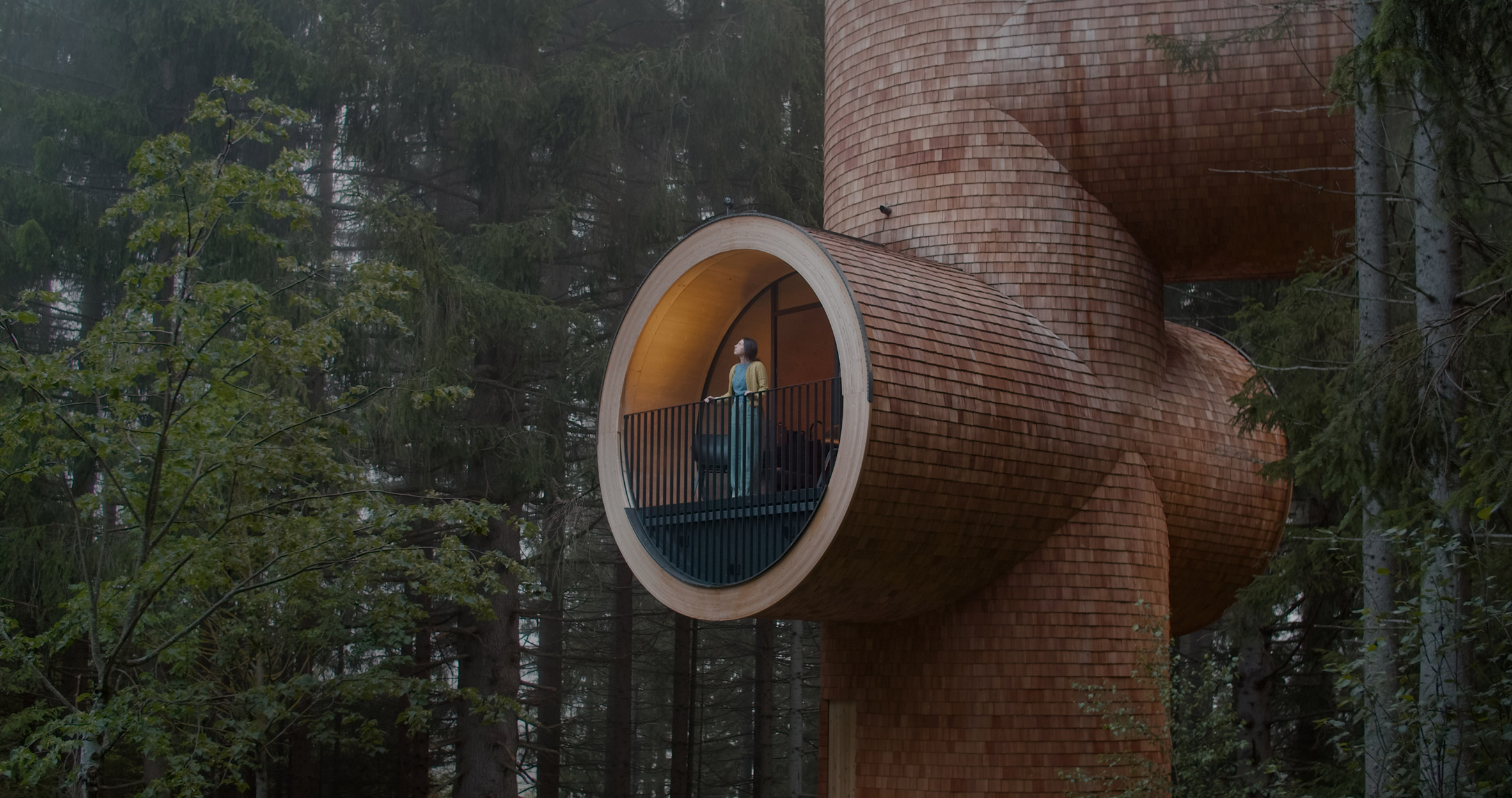
Architecture Project Talks: Bert by Precht
2 December, online
The latest installment in Dezeen's ongoing series of Architecture Project Talks will see Chris Precht share an in-depth lecture about his modular treehouse Bert, built using FSC-certified timber and modelled on the cheeky one-eyed characters from the children's film Minions.
Taking place at 1:00 pm London time on 2 December, the live-streamed talk will see Precht explore the challenges of building a modular cylindrical structure from prefabricated wooden elements, as well as making his case for why architects shouldn't take themselves too seriously.
Those who are interested in attending the webinar, which counts towards continuing professional development (CPD) points for UK architects, should register their interest here.
Design Shenzhen
9 to 12 December, China
The organisers of the Design Shanghai fair have this year expanded their offering to Shenzhen, also known as the Silicon Valley of China, with the city's inaugural design fair set to take over the Shenzen Convention & Exhibition Centre with stands from more than 150 local and international and brands.
Italian architects Gaetano Pesce and Carlo Ratti, as well as MVRDV Asia director Steven Smit will headline the event's Forum talks programme, which also includes a roster of other big names from Sou Fujimoto to SANAA's Ryue Nishizawa and Layer founder Benjamin Hubert.
Dezeen's China editor Christina Yao will be hosting a panel talk to platform some of the emerging Chinese practices that swooped up top prizes at this year's Dezeen Awards.
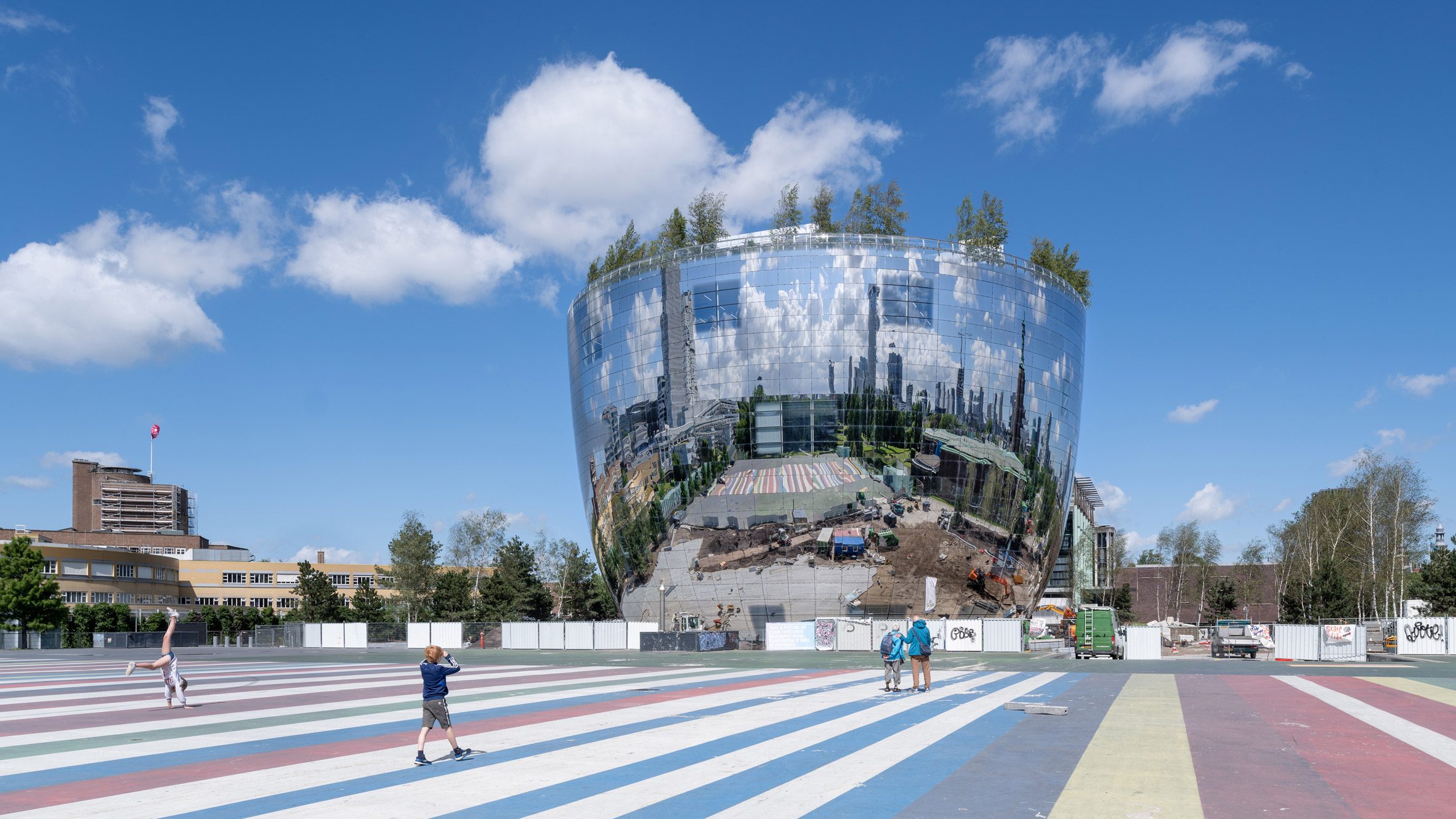
MVRDVHNI: The Living Archive of a Studio exhibition
Until 4 September 2022
Rotterdam's Het Nieuwe Instituut is showing a major retrospective of work by MVRDV, pulling together hundreds of projects from the firm's archive including the recently opened Depot Boijmans Van Beuningen.
These are represented through drawings, sketches, scale models and renders, arranged in a vast space designed to resemble an architect's studio rather than a traditional museum gallery.
"This exhibition shows how our first 400 projects influenced later work," said MVRDV partner Jan Knikker. "We think it's important that our archive is accessible to everyone. Sharing knowledge makes our profession richer."
About Dezeen Events Guide
Dezeen Events Guide is our guide to the best architecture and design events taking place across the world each year.
The guide is updated weekly and includes virtual events, conferences, trade fairs, major exhibitions and design weeks, as well as up-to-date information about what events have been cancelled or postponed due to the ongoing coronavirus pandemic.
Inclusion in the guide is free for basic listings, with events selected at Dezeen's discretion. Organisers can get enhanced or premium listings for their events, including images, additional text and links, by paying a modest fee.
In addition, events can ensure inclusion by partnering with Dezeen. For more details on inclusion in Dezeen Events Guide and media partnerships with Dezeen, email eventsguide@dezeen.com.
The top photograph is by Aad Hoogendoorn.
The post Five architecture and design events in December from Dezeen Events Guide appeared first on Dezeen.
from Dezeen https://ift.tt/31b7HgD
